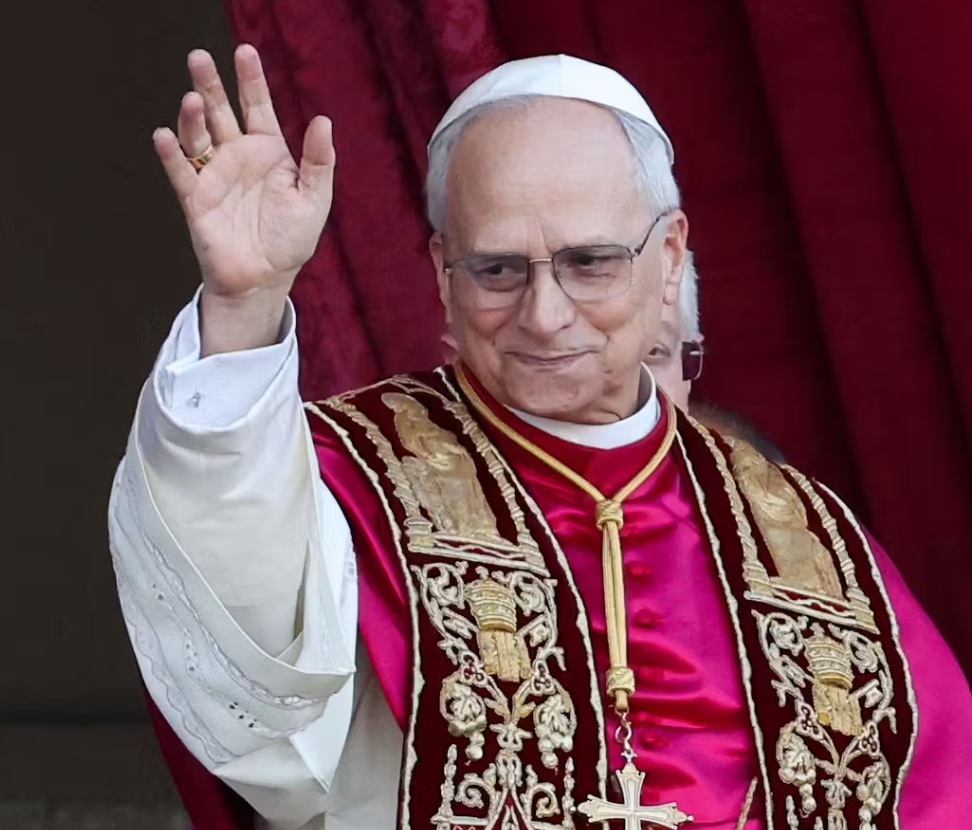Maxwell Azzarello, a 37-year-old man from Florida, tragically passed away after setting himself on fire outside the Manhattan Criminal Court during former President Donald Trump’s first criminal trial. The incident occurred on April 19th, and Azzarello succumbed to his injuries the following day at Weill Cornell Medical Center.
The circumstances leading up to the event were marked by Azzarello’s dramatic actions in a public space, where he scattered what were described as “propaganda-based” pamphlets before dousing himself with a flammable liquid and igniting it. The choice of location and timing – outside a high-profile trial – suggests a protest, though the exact motives behind his actions remain layered and complex.
Prior to the incident, Azzarello traveled from Florida to New York, a move unknown to his family until after the events. His actions were witnessed by many due to the high security and public interest surrounding Trump’s trial, where Trump was accused of attempting to cover up a payment to adult film star Stormy Daniels during the 2016 election.
After the self-immolation, a Substack post allegedly written by Azzarello was discovered, indicating his view of self-immolation as an “extreme act of protest”. In this post, he apologized to friends, family, witnesses, and first responders for the pain his actions caused. The post also alluded to various conspiracy theories, adding another layer of complexity to Azzarello’s state of mind and motivations.

The incident was promptly addressed by emergency services and law enforcement, who were already present due to the trial’s high profile. New York Police Chief Jeffrey Maddrey and NYPD Chief of Detectives Joseph Kenny detailed the sequence of events and the nature of the pamphlets, which Kenny described as containing conspiracy theories about Ponzi schemes and local educational institutions.
This tragic event highlights the profound impacts of mental health struggles and the extreme measures individuals might resort to in order to express their discontent or despair. It also raises questions about the effectiveness of public protest and the psychological toll of harboring intense ideological beliefs.
The story is a somber reminder of the lengths to which some individuals will go to make a political or personal statement, and it underscores the need for greater awareness and resources to support mental health, especially among those contemplating extreme forms of protest.




